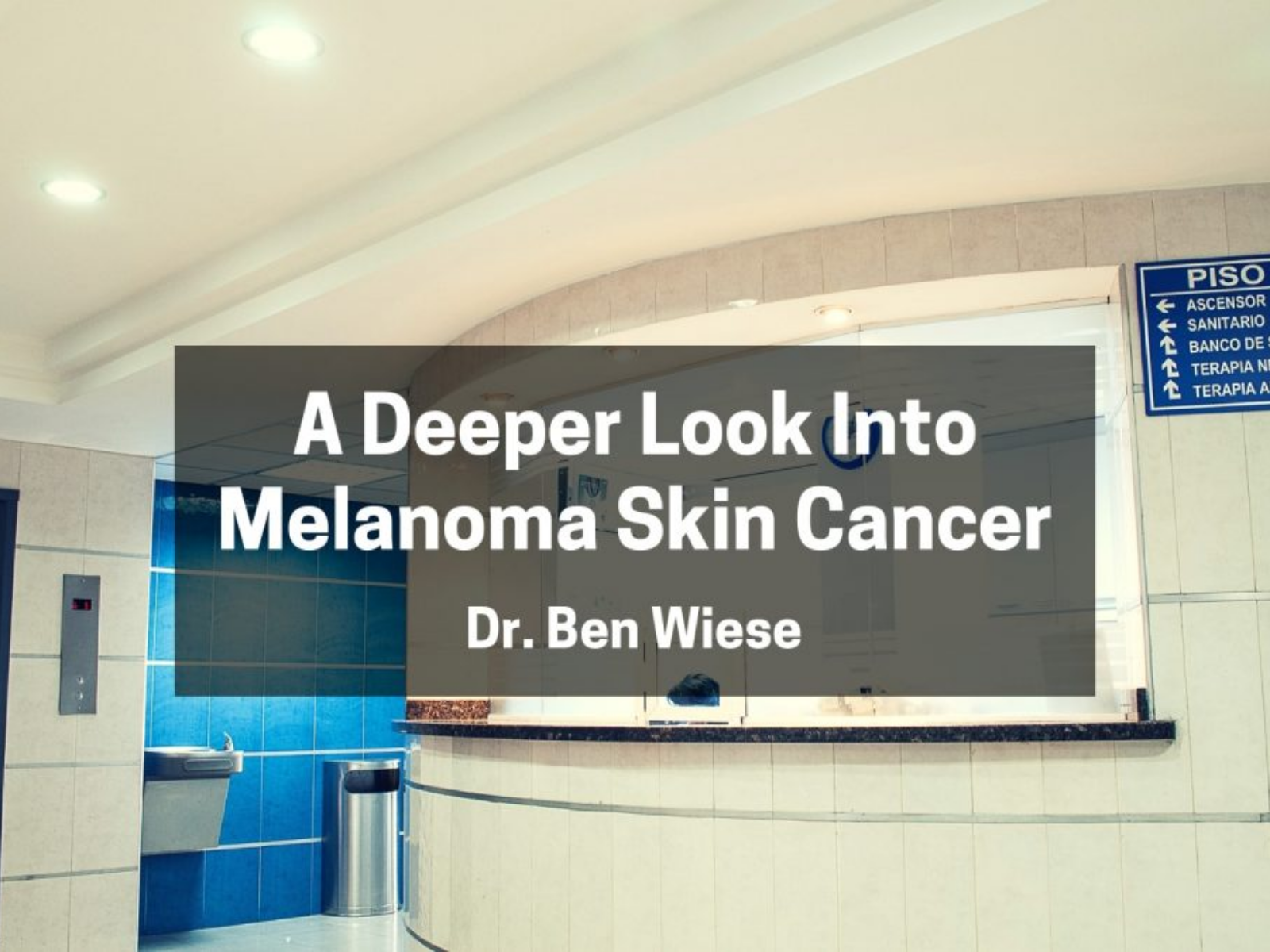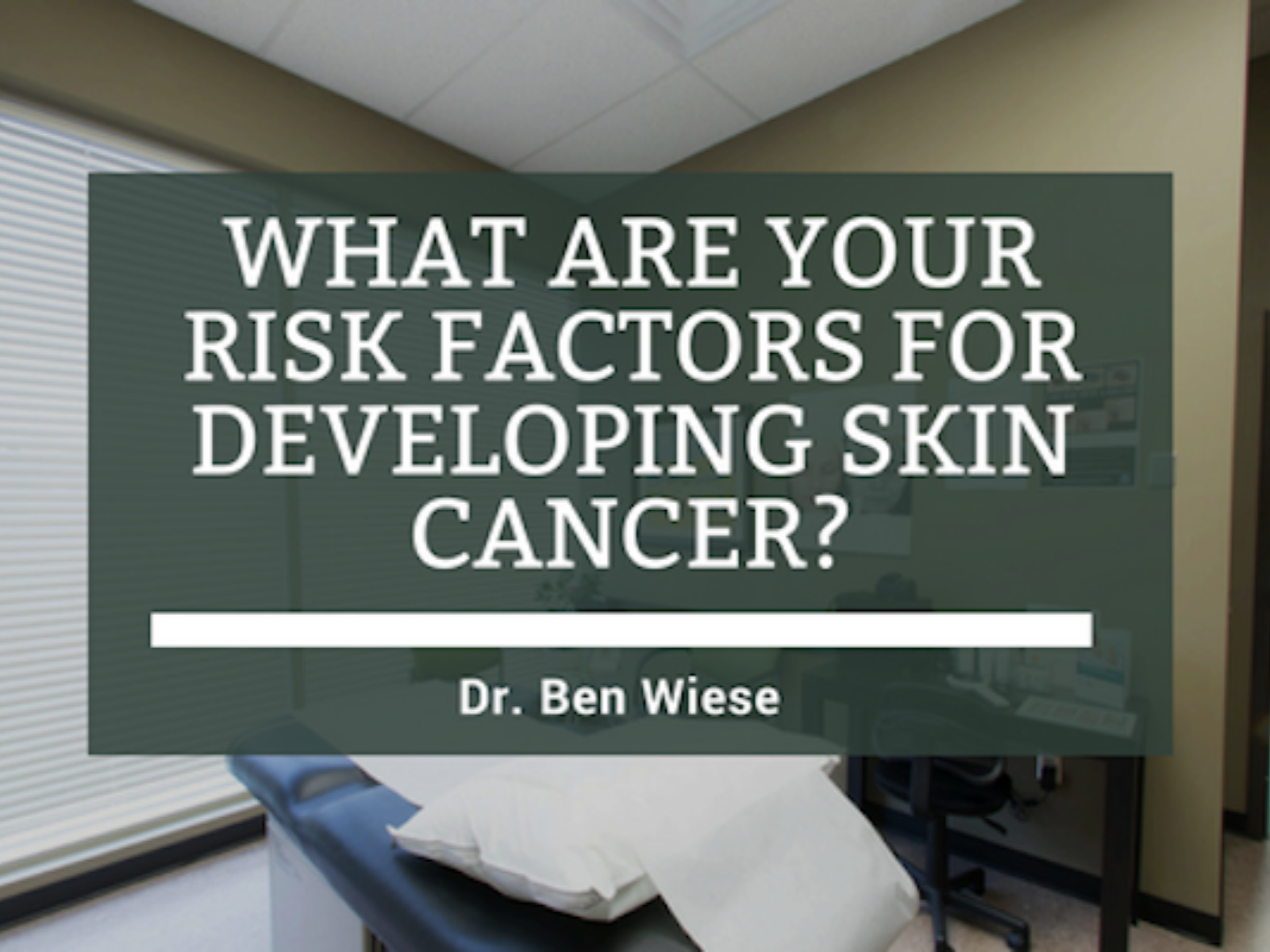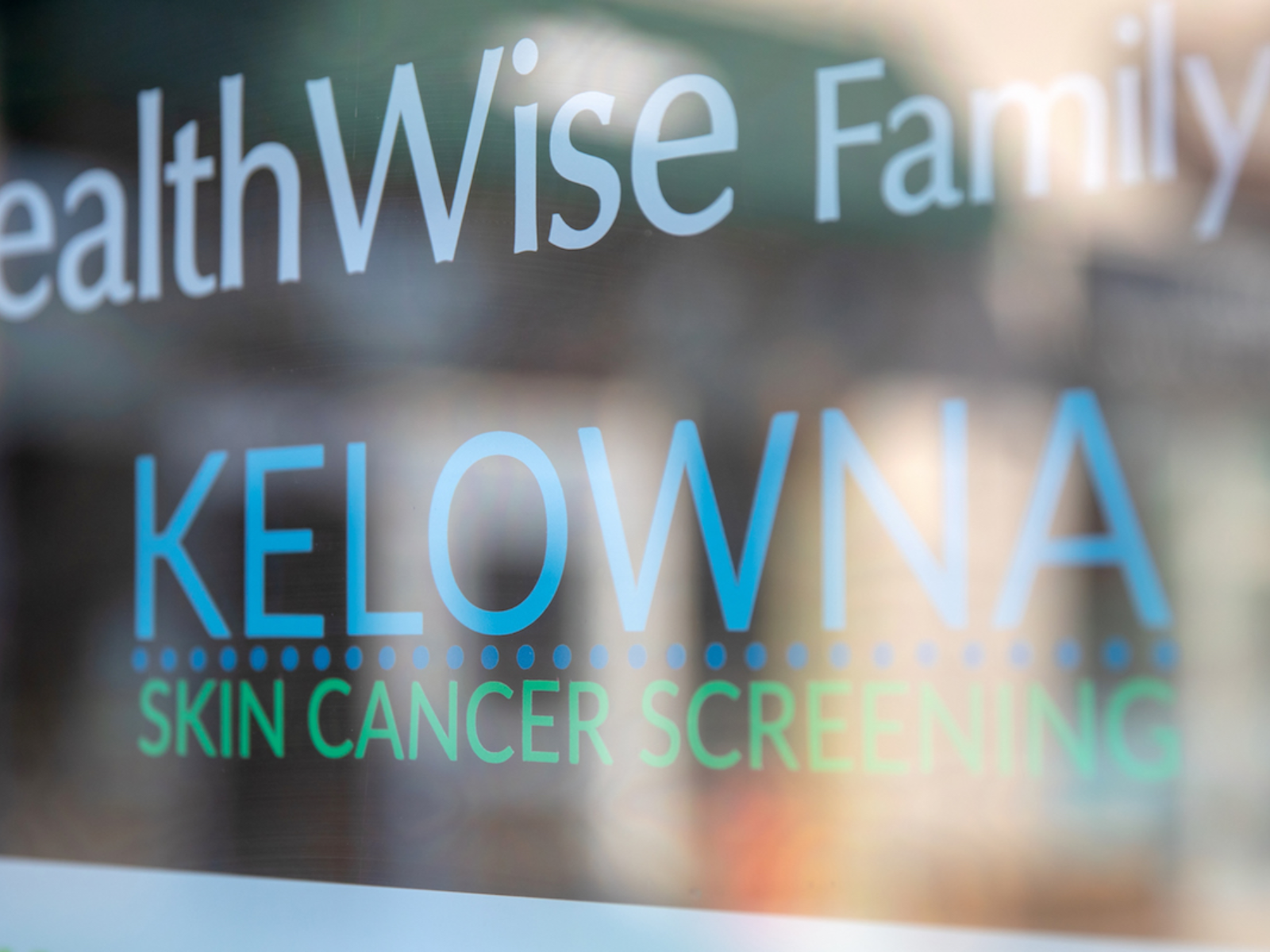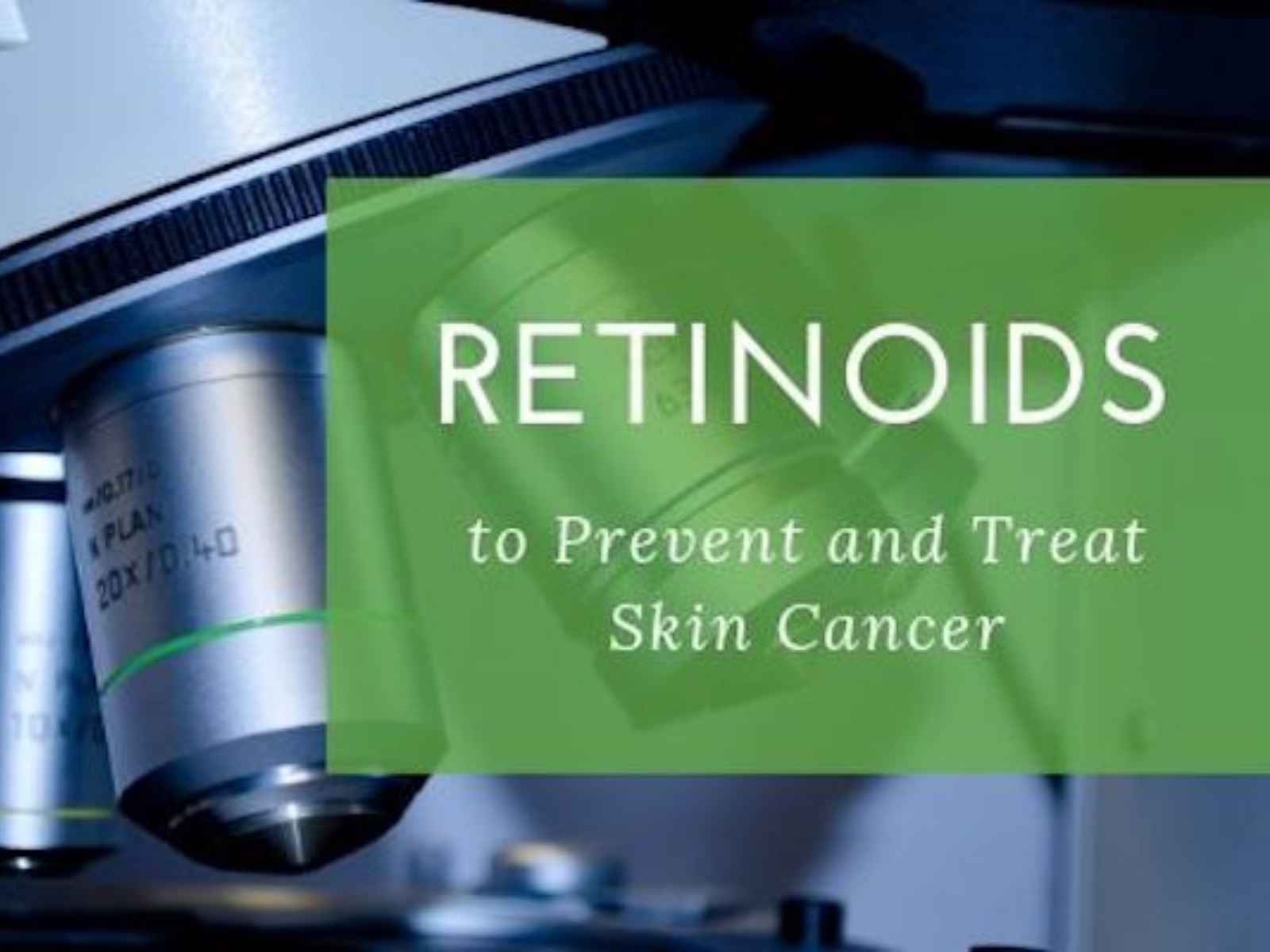Dr. Ben Wiese shares his insights on melanoma.
As we enter the Fall season, Canadians should take some extra time to examine how their skin may have been affected from their summer in the sun. To be more specific, they should be completing a thorough self-examination of their moles, as changes can signify that what you thought was a mole actually could be a melanoma. Melanoma skin cancer is the most dangerous form of skin cancer and is the type of cancer, that can look like a regular mole. Knowing this, I explored melanoma skin cancer in greater detail, and why it is so important to aware of any changes in one’s moles.
What Is Melanoma Skin Cancer?
Melanoma skin cancer is a form of skin cancer that begins in the melanocytes that begin to spread out of control. Men and women tend to experience melanoma skin cancer in different parts of their body, with men typically seeing it on the chest or back, while women tend to develop it on their legs. It can form on other areas of the body, including the eyes, nailbeds and the mouth. Make sure to see an optometrist and dentist yearly for a dental and eye examination, if you are at risk of or if you have had melanoma. In general, melanoma skin cancer is the most dangerous form of skin cancer if it is not caught in its early stages.
Who Is At The Greatest Risk Of Developing Melanoma Skin Cancer?
While each person’s risk of developing melanoma skin cancer varies, there are some factors that everyone should be aware of. To begin, individuals with a lot of moles on their body, more than a 100 to be precise, are at increased risk. While most moles aren’t dangerous, individuals should be aware of any changes in the appearance, as well as any new moles.
Like the other forms of skin cancer, individuals who have significant exposure to ultraviolet (UV) rays should keep an eye on their moles. The UV rays that you encounter through sunlight or tanning beds is a significant risk factor, as the rays can damage the integrity of the skin, and can begin to develop cancerous cells. To reduce the risk, individuals should limit the time that they spend in the sun, and should be proactive with using sunscreen when in the sun.
Why Is It So Important To Keep Track Of Moles?
The urban legend is that moles changes into melanomas, that is not true, well not fully. It is only people who are born with moles larger than 20cm, who are at risk of “the mole changing into a melanoma. For the rest, a mole is a mole, but sometimes, what we think is a mole, is indeed a melanoma, all along, even if you have had it for quite a few years(some melanomas are very slow growing). Unlike other forms of skin cancer, which do not always spread beyond the skin, some melanoma skin cancer types can rapidly spread to other organs in the body, making it more difficult to treat and cure.
Continue reading at https://kelownaskincancer.com/2018/10/24/a-deeper-look-into-melanoma-skin-cancer/
Please login to comment.







